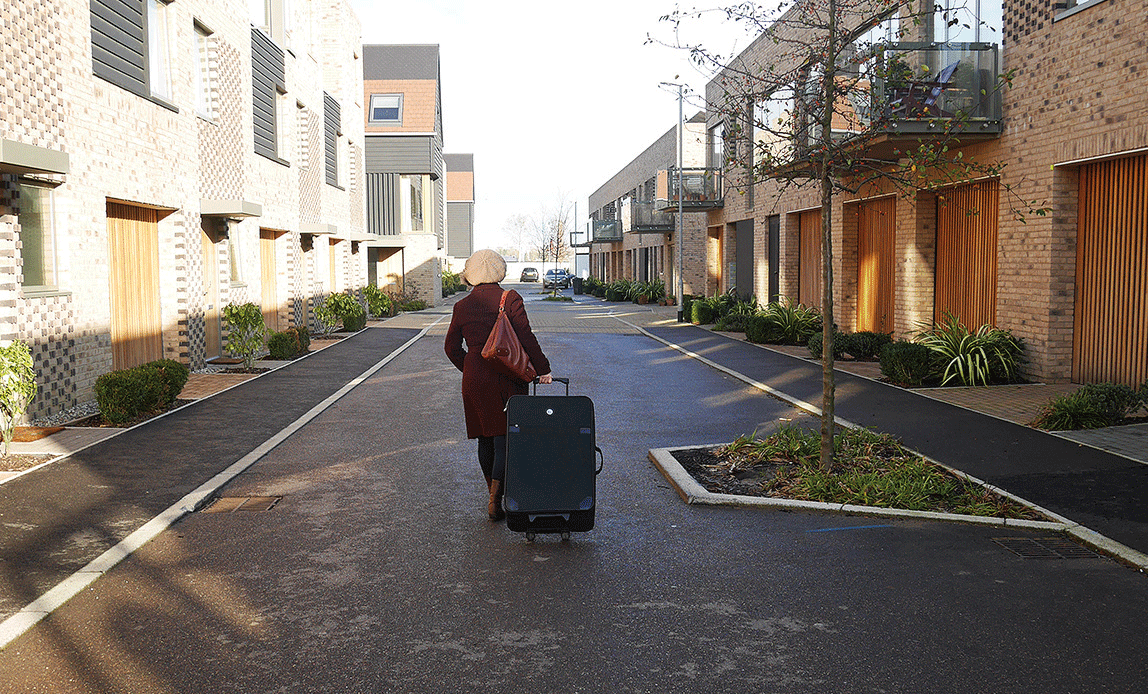
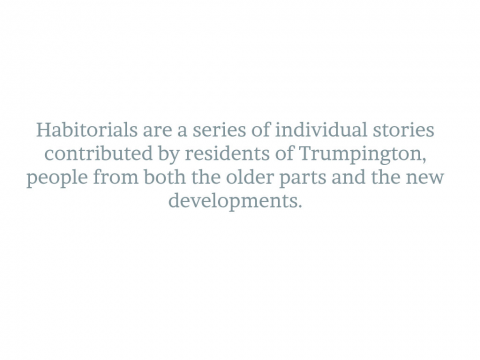
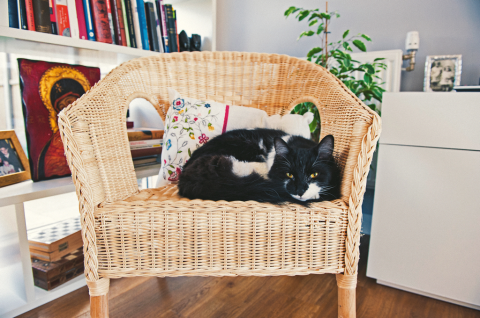
They are stories about home and pride of place
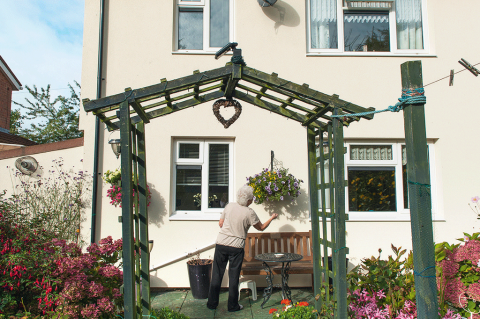
About memories of the past and desires for the future
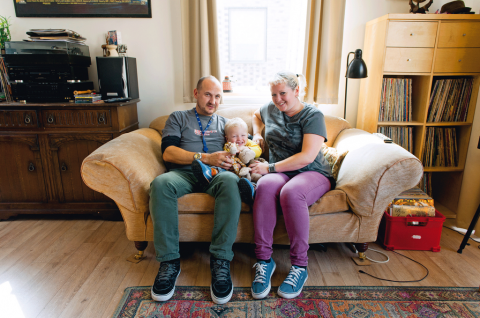
about family and community
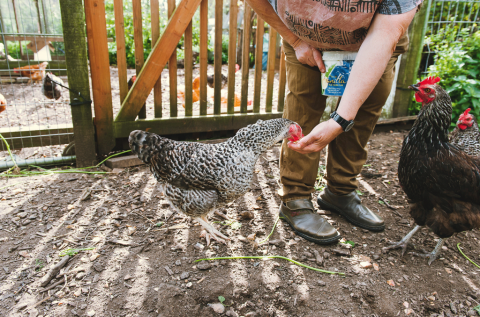
gardens, kitchens, chicken and shops
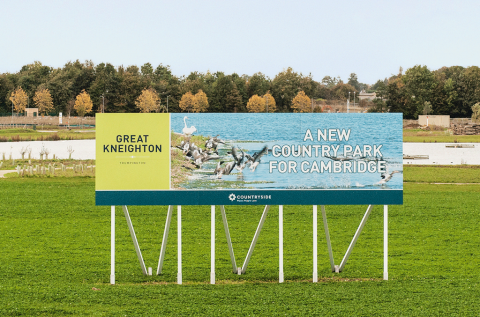
worries and hopes
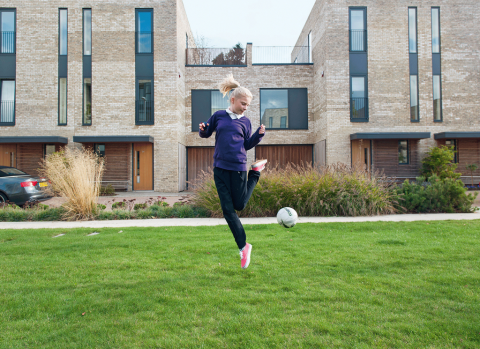
about day-to-day living and about change
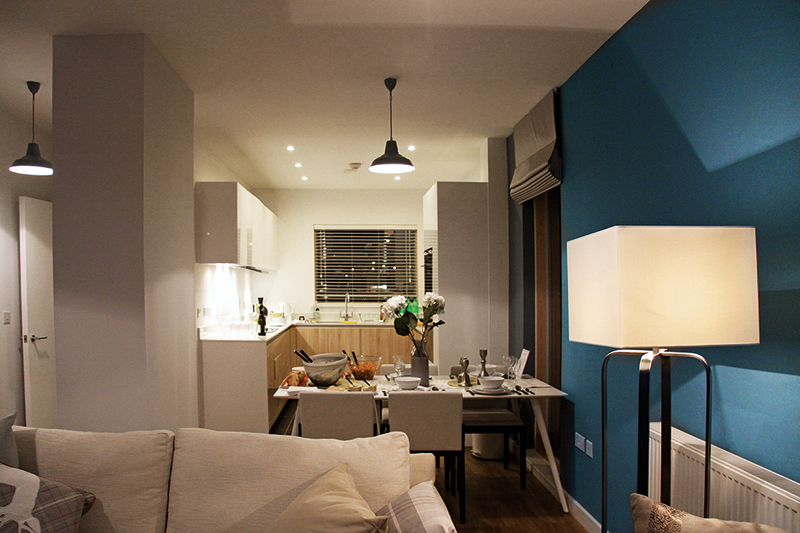
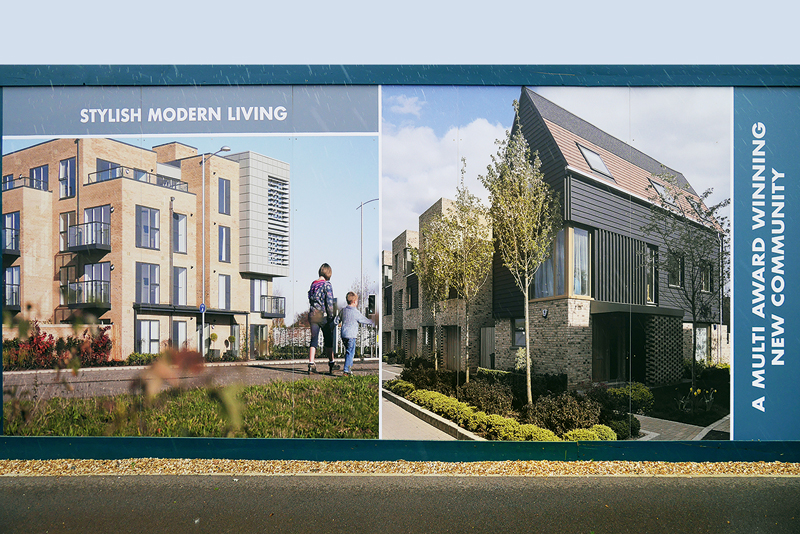
Lives inSefton Close (off Scotsdowne Road)
Moved to Trumpington in1990
Type of housing4-bedroom detached house, built in the 1960s
Current market valuearound £420,000 (according to Zoopla)
Favourite place in Trumpington“Byron’s Pool is my number one spot. I like the wildlife and the peace and the water and the trees, and all that stuff, which is wonderful.I also have also a fondness for the railway crossing that goes across the fields to Addenbrooke’s Hospital. My husband Jimmy (then my boyfriend) and I walked down there one evening when we were commuting between London and Cambridge and had a conversation about our future. We decided there that we were going to stay together long term. A month later I was pregnant. It feels like that spot has a force field under the ground! There’s a bridge there now. I know this isn’t going to be everyone’s cup of tea but I love seeing Addenbrooke’s Hospital on the horizon. Partly because I worked there and partly because we had our wedding reception there, at the Frank Lee Centre.”
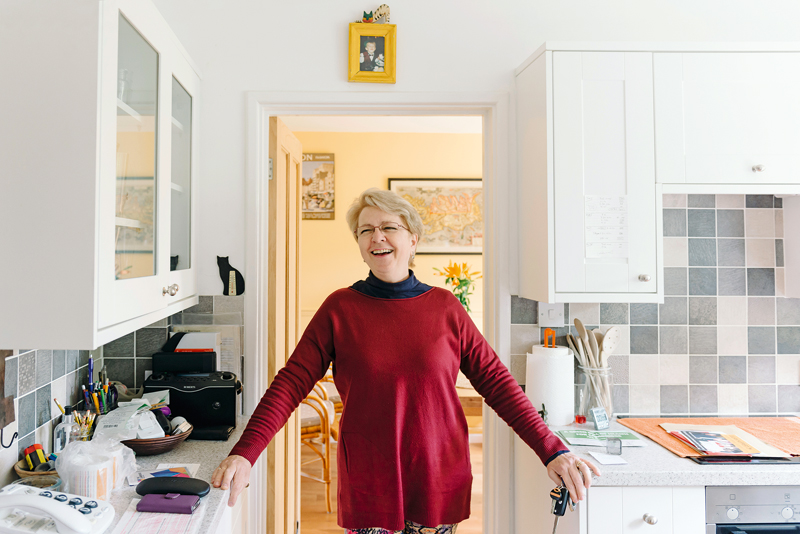

Lives inSpring Drive, Trumpington Meadows
Moved to Trumpington inDecember 2012
Type of housing3-bedroom terraced house, finished in the 2012, rented from housing association
Current market value2, 3 & 4 bedroom houses on the Trumpington Meadows are being advertised from £429,995 to £649,995 on Barratt’s website
Current council rent£165 per week
Favourite place in Trumpington"I love the parks because I love the fresh air I get when I’m out. The atmosphere helps me think up great ideas and I love playing with the kids or watching them play when I take my brother and sister out. It’s always full of excitement and laughter. Even in the horrible winter weather, it never loses its warmth – and I think there’s some beauty in that."
Lives inBishops Road
Moved to Trumpington in2008
Type of housing3-bedroom semi-detached house, built in 1937
Current market valueHouses on Bishops Road have a current average value of £432,257, according to Zoopla
Favourite place in Trumpington"My favourite place in Trumpington is the Cooke Curtis & Co office. Obviously. The reason we liked this location on Trumpington High Street was because everyone knew where the Hobby Shop was. It’s a bit of a shame it closed down, because it was such a landmark, which is why we’ve kept the sign… But we didn’t feel like we were taking away a valuable village resource that could have been something great for the community."
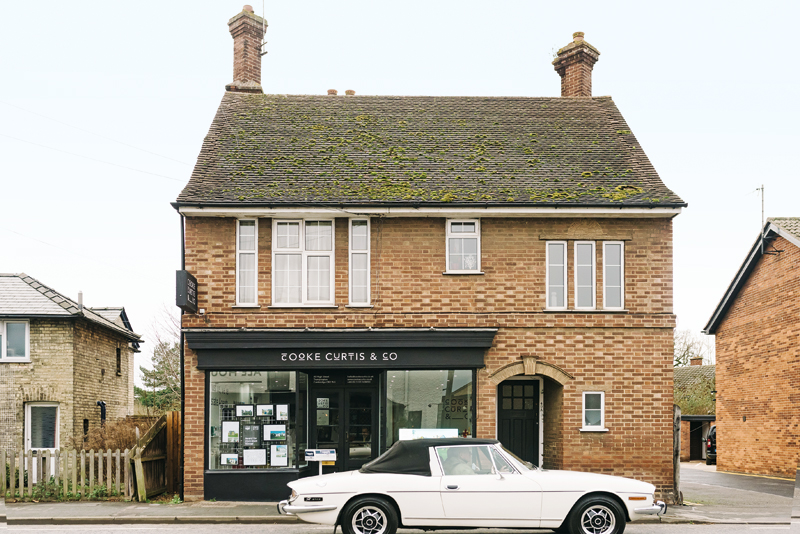
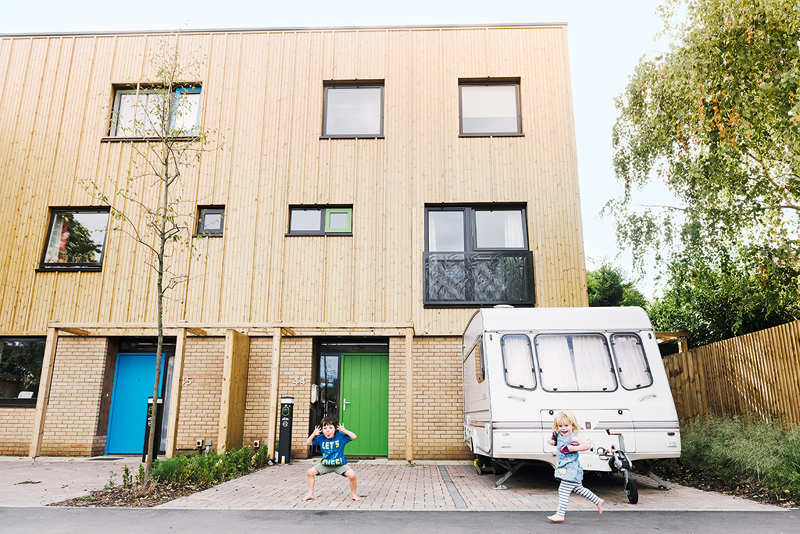
Lives inLingrey Court, behind Anstey Way
Moved to Trumpington inJanuary 2015 (left in January 2016)
Type of housingFour-bedroom, semi-detached eco-home, newly built
Current market valueAround £550,000
Favourite place in Trumpington“Our favourite place in Trumpington is the park and field in the Foster Road estate – the children also love it too!”
Lives inBishops Road
Moved to Trumpington in1974
Type of housing2-bedroom detached house, built in 2013
Current market valueHouses on Bishops Road have a current average value of £432,257, according to Zoopla
Favourite place in Trumpington"Shirley’s favourite place is her own garden, while Stephen’s is away from the city in the countryside."
Please note: some of the images included with this article were supplied by Stephen Brown. The image of the Plant Breeding Institute is supplied courtesy of the PBI. The black and white image is courtesy of Maurice Rayner.

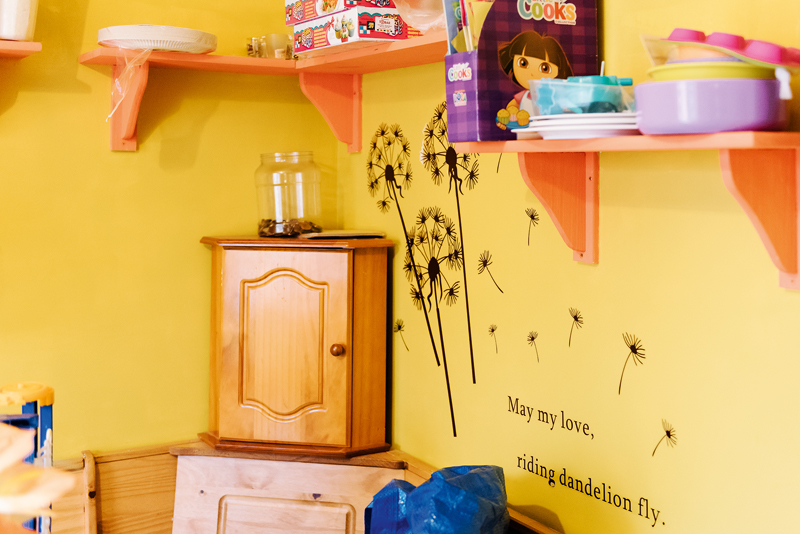
Lives inConsort Avenue, Trumpington Meadows with her husband Derek, 48, and three children (Charlotte, 13; Alice, 10; James, 5)
Moved to Trumpington inOctober 2013
Type of housing4-bedroom terraced house, built in the 2013, rented from housing association
Current market value2, 3 & 4 bedroom houses on the Trumpington Meadows are being advertised from £429,995 to £649,995 on Barratt’s website
Current council rent£168 per week
Favourite place in Trumpington"Some of my fondest memories are of taking the children over to the park near the Pavilion. The children were relaxed and we’d pop into the Bun Shop [on Anstey Way] and get some treats.”
Lives inShelford Road
Moved to Trumpington inSteve and his wife Dee moved to Trumpington in 1972; they share their house with their youngest son Sam, his wife Fran and their two young daughters, Katie and Amy
Type of housing3-bedroom terraced house, built in 1902
Current market valueSimilar houses on Shelford Road have a current value of around £455,000, according to Zoopla
Favourite place in TrumpingtonSteve loves going along to the car boot sale at the Trumpington Park and Ride on Sunday mornings to pick up a bargain. Sam’s favourite spot is the newly named local pub, the Hudson’s Ale House.
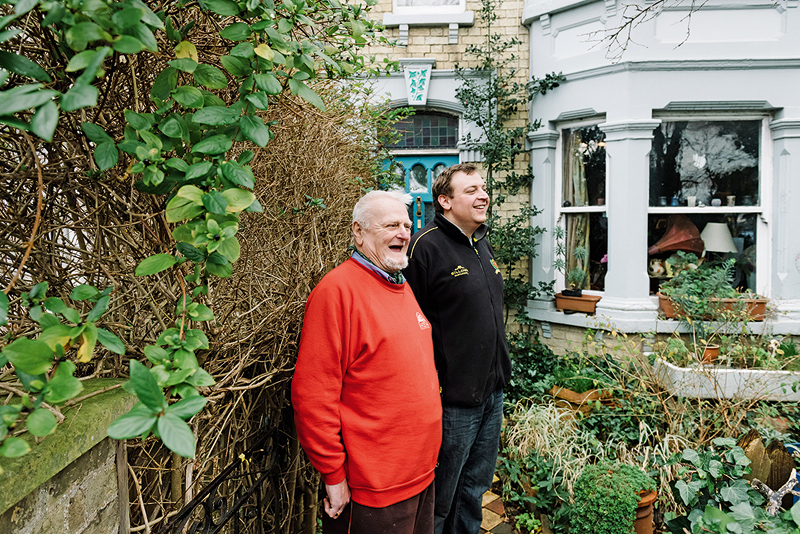

Lives inCedar Road, Novo development
Moved to Trumpington inAugust 2013
Type of housing4-bedroom detached house, built in 2013
Current market valueCurrent value of around £583,000, according to Zoopla (the house cost £490,000 in 2013)
Favourite place in TrumpingtonJen: “My house. I love the sun rises and the sunset. It’s just different every day. It’s fantastic.”
David: “I love the house but I also particularly like the walk down by the River Cam. It’s beautiful down there, it really is."
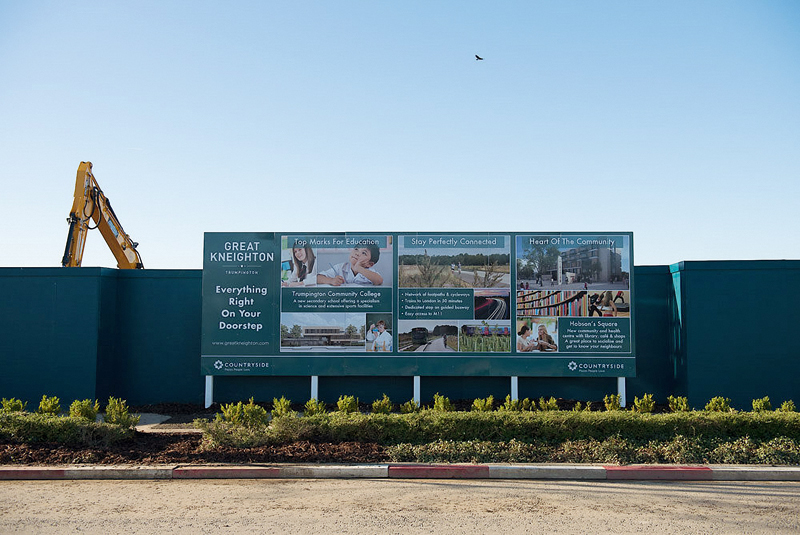
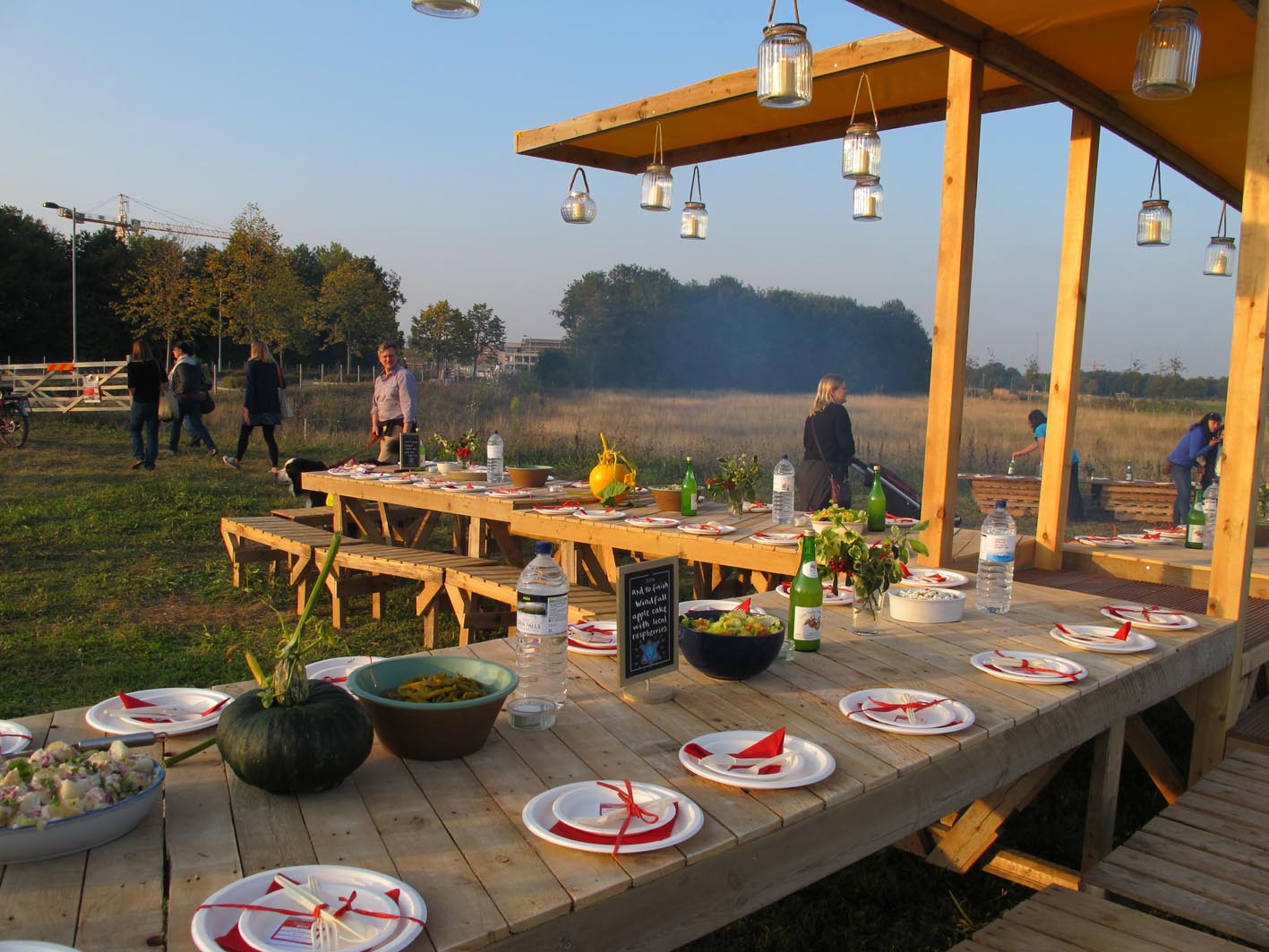
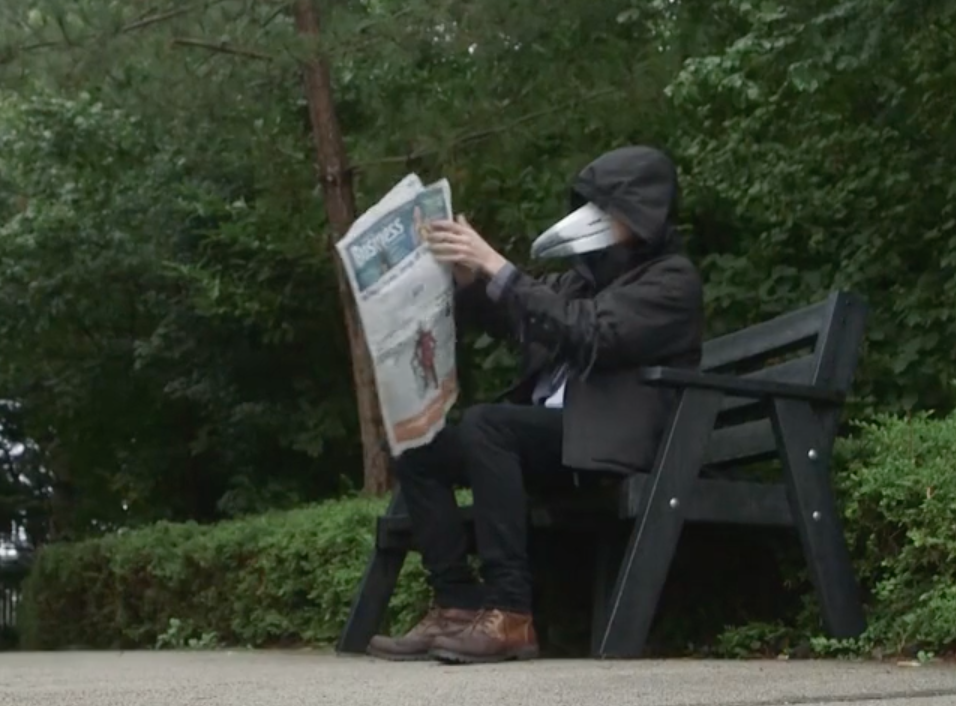
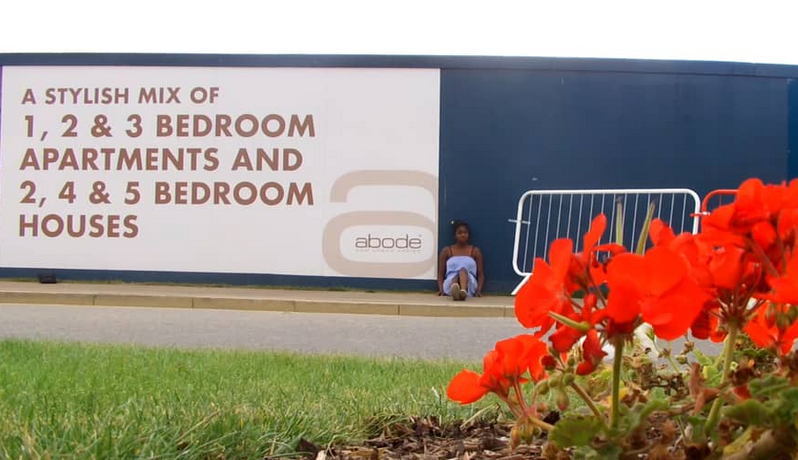
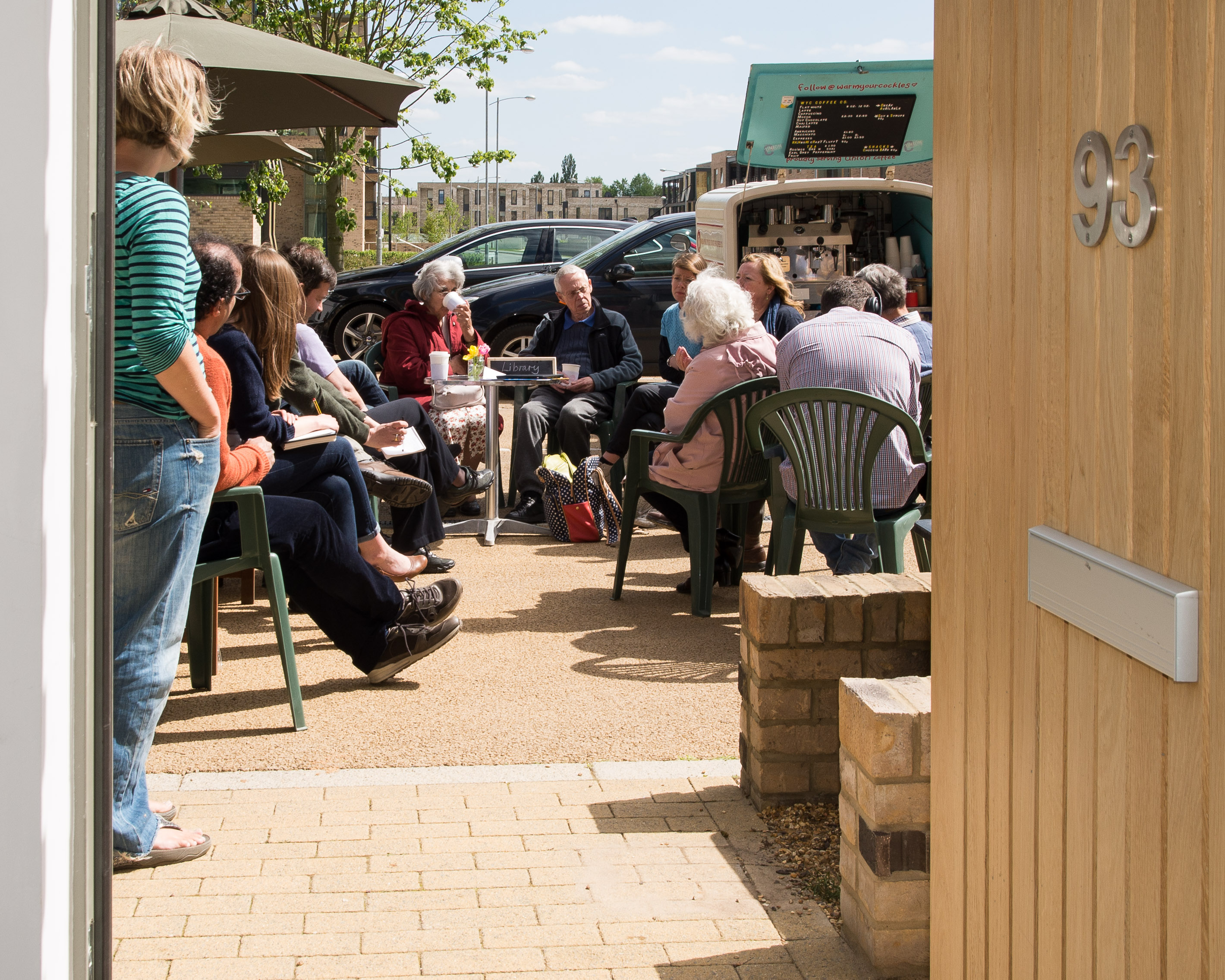
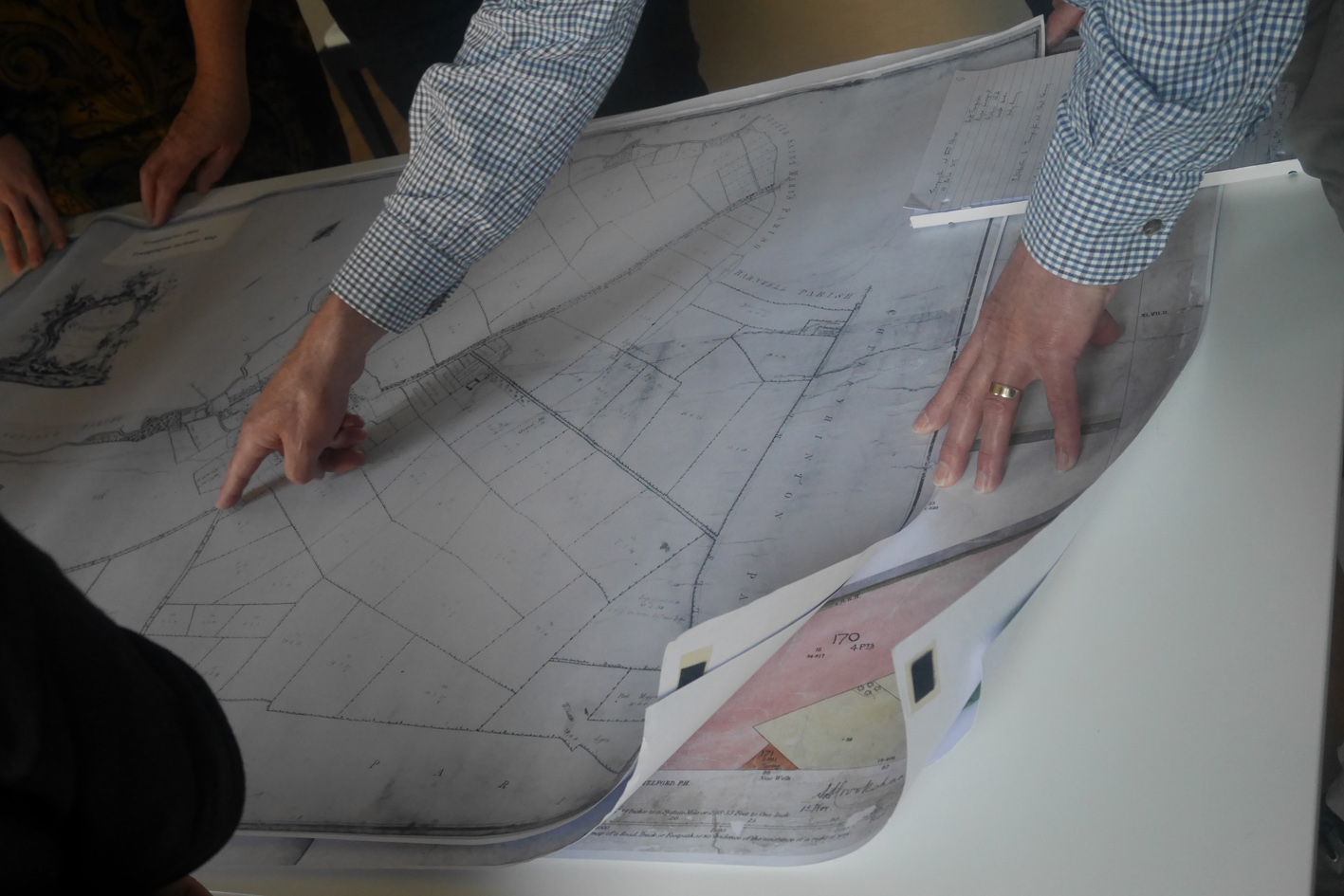
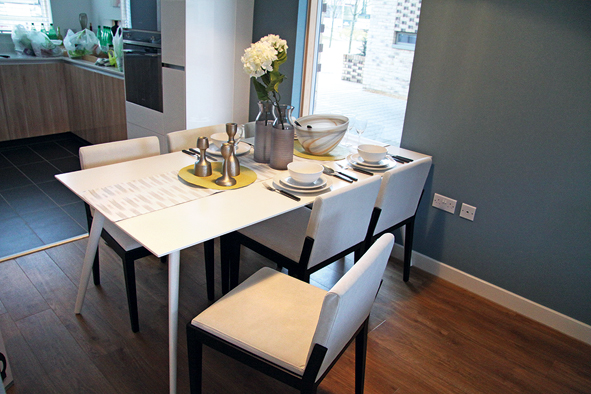
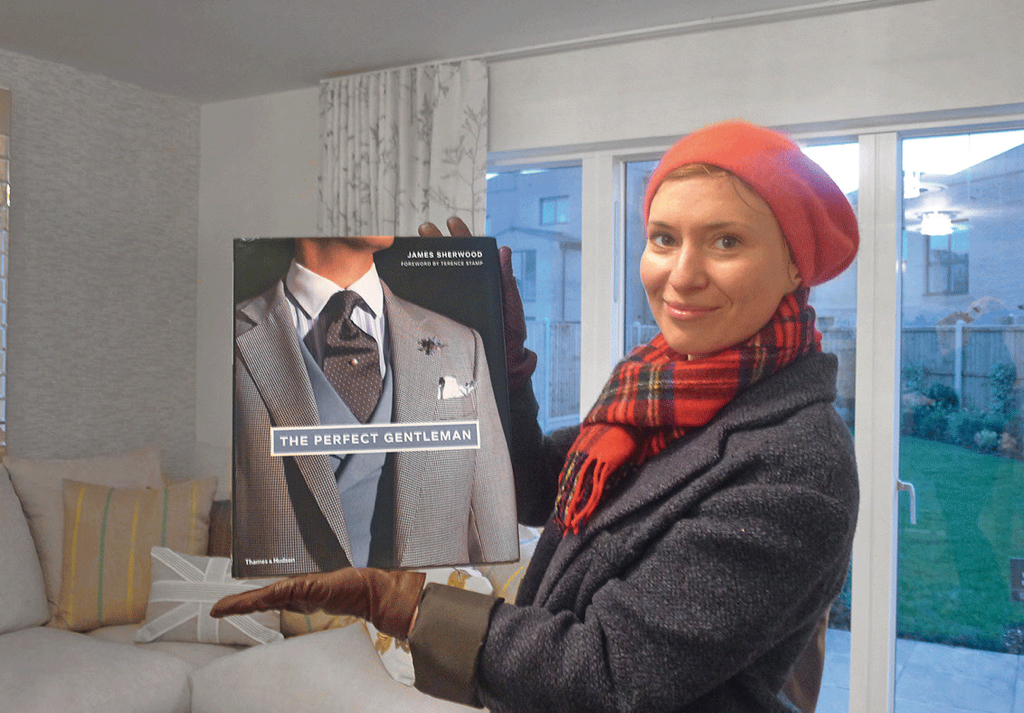
Age81
Lives inByron Square
Moved to Trumpington in1966
Type of housingThree-bedroom, end of terrace council house, built in 1947
Current market valueCurrent market value of around £260,000 (according to Zoopla)
Current council rentApprox £120 per week
Favourite place in TrumpingtonSitting on a chair in her dining room looking out over the recreation ground
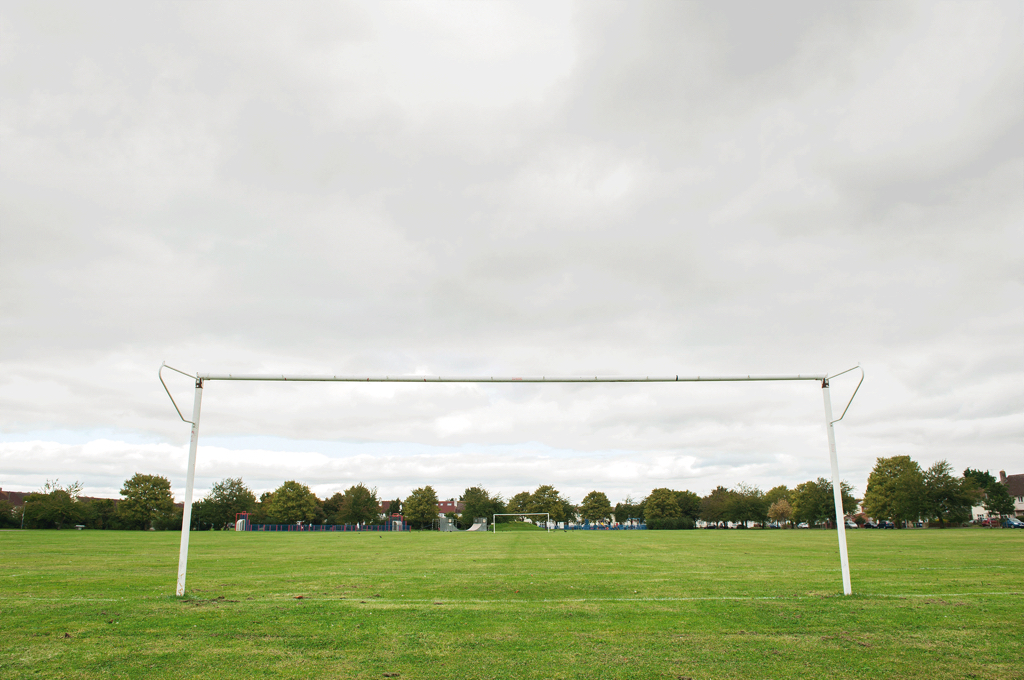

Age36
Lives inChaplen Street
Moved to Trumpington inMarch 2013
Type of housingFour-bedroom, three storey, private house, built in 2013
Current market valueCurrent value Around £534,000 (according to Zoopla)
Age72
Lives inTrumpington Hall
Moved to Trumpington inThe Pemberton family have been resident in Trumpington since 1715. They originally came from Pemberton in Lancashire.
Type of housingManor house first built circa 1600, with 600 acres of land
Current market valueundisclosed
Favourite place in TrumpingtonTrumpington Hall

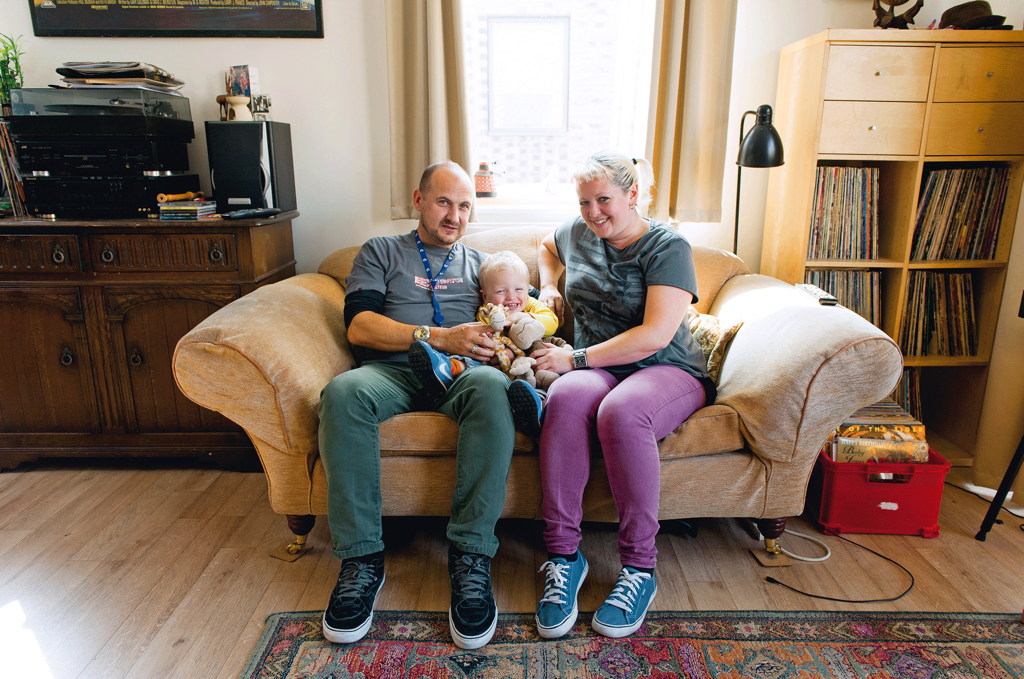
Age31/ 46
Lives inChaplen Street
Moved to Trumpington inMay 2013
Type of housingTwo-bedroom apartment rented from housing association
Current market valueAround £299,000
Current council rent£150 per week
Favourite place in TrumpingtonApart from their home, their favourite place in Trumpington is the beer garden at the Lord Byron, where they like to stop off for a refreshing pint after a Sunday walk to Grantchester.
Age63
Lives inFoster Road
Moved to Trumpington in2003
Type of housingThree-bedroom terraced former council house, built in 1947
Current market valueAround £310,000 (according to Zoopla)
Favourite place in TrumpingtonNine Wells – a nature reserve with several chalk springs that form the source of Hobson’s Conduit, which carries water along Hobson’s Brook into the heart of Cambridge.


Age18
Lives inPaget Road
Moved to Trumpington in2003
Type of housingThree-bedroom terraced council house, built in 1946
Current market valueAround £250,000 (according to Zoopla)
Favourite place in TrumpingtonCommunity Orchard
Age41
Lives inPartridge Close
Moved to Trumpington inJuly 2013
Type of housingThree-bedroom end of terrace house, rented from housing association
Current council rentAround £154 per week
Favourite place in Trumpington“I love my house”
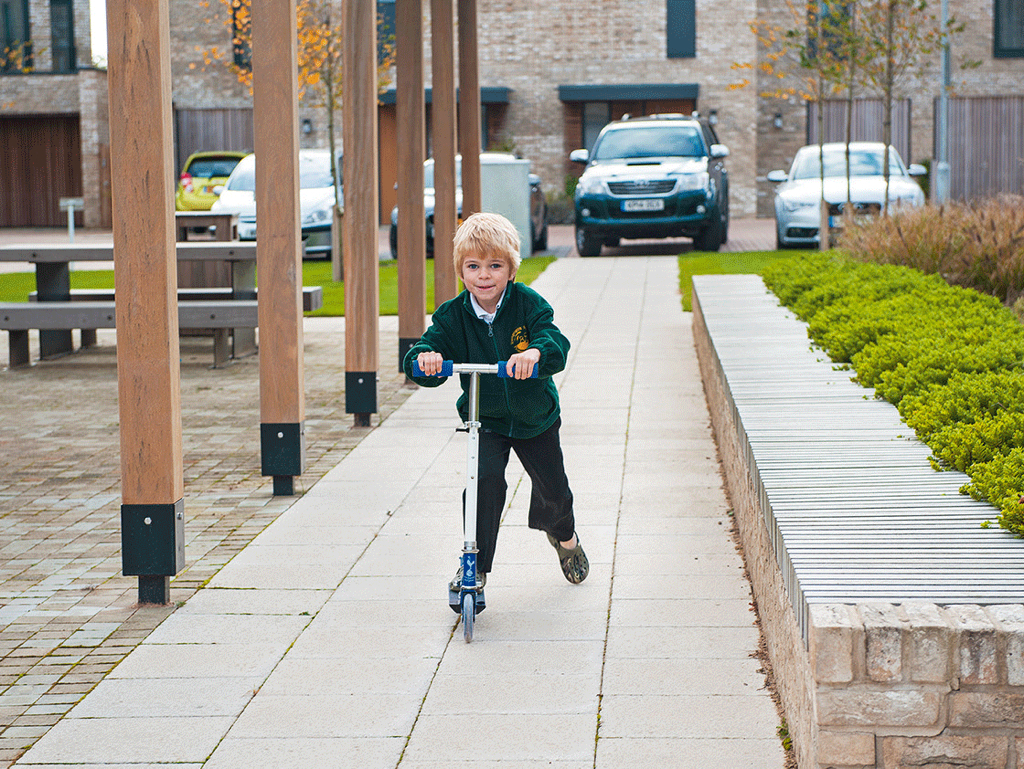
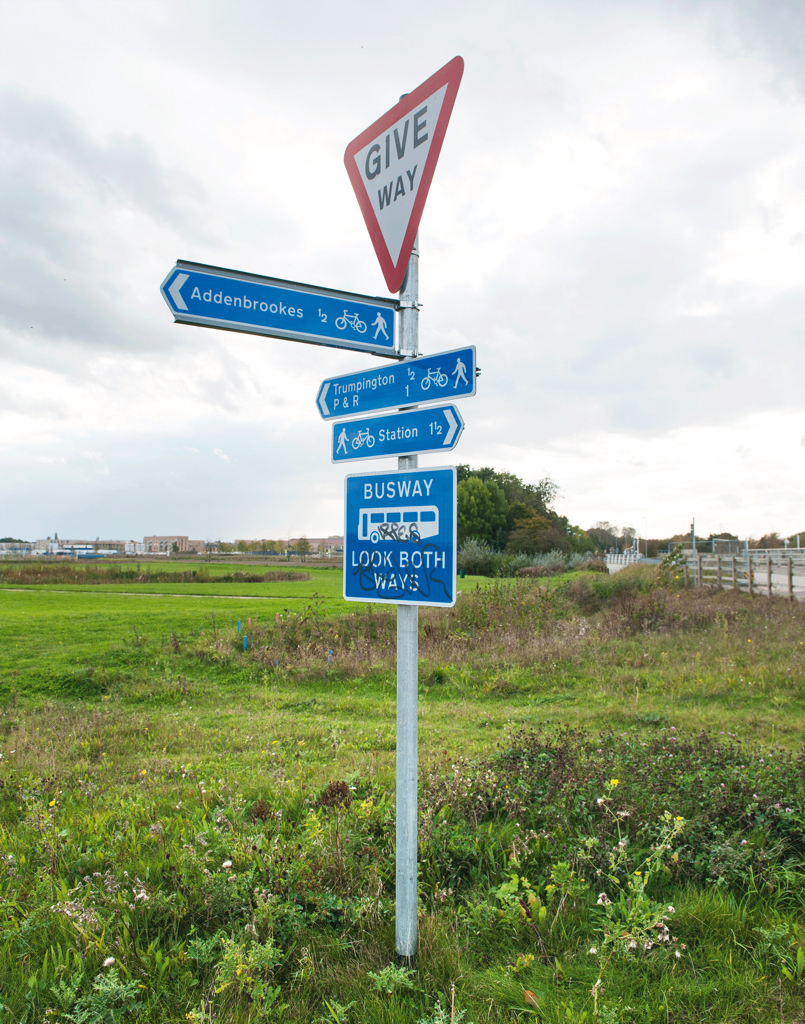
In one direction, beyond the newly-planted trees and man-made lakes of the country park, the new “contemporary” houses of the Great Kneighton development are being filled as quickly as they are put up. To the right, the chimneys of the post-war Trumpington council estate, planned for “the working classes” after World War II, are just about visible.
In the foreground, the diggers and dumper trucks are busily preparing the ground for the new community square – to be known as “Hobson’s Square” – which will include a five-storey building with a community centre at the bottom of it. A solitary worker in his high vis jacket and Caterpillar boots guards the gates to protect pedestrians and cyclists from construction traffic.
To the left rises the monolith that is Addenbrooke’s Hospital, which one of our interviewees likened to ‘Mordor’ – the fictional land in Tolkien’s Lord of the Rings that’s surrounded by looming mountains. And through the middle of it all thunders the newly-built guided busway at speeds of up to 55mph, ferrying people 1.5 miles to the station and on through Cambridge to St Ives and Huntingdon in one direction and to Trumpington Park & Ride in the other. We are not the first people to stand at this wind-blown spot. Excavations of the Great Kneighton site before the building work began uncovered prehistoric activity dating back more than 5,000 years. Archaeologists unearthed a Middle Bronze Age landscape of field systems, enclosures and settlements covering large areas of the site that dated back to 1,500 BC.
By the time the Domesday Book was written in 1086 AD, the village of Trumpington boasted 37 households, four manors and a mill. By the early 1900s, the population had swelled to around 1,300. Back then, the village still boasted a vibrant agricultural community – with three working farms and a blacksmith. Even in the lifetime of some of our older interviewees, life in the village was lived at a much slower pace. Cows used to cross Trumpington High Street four times a day to be milked. Sheep grazed on the field outside Bidwells. Today, the road that cuts through the centre of Trumpington is a main artery carrying traffic from Cambridge out to the M11 and beyond.
When I first moved to Trumpington almost ten years ago, there were around 7,000 people living here. But it still felt like an outpost on the very edge of Cambridge, surrounded by farm land. It was a place that people drove through on the way to somewhere else. A place with a village hall and a residents’ association, a war memorial and a few stray thatched cottages dotted along the frequently grid-locked main road. A place with no obvious village heart or soul. A place where you felt you could almost drop off the edge of the map and nobody would notice!
Ten years later, things are changing so quickly it’s hard to keep up. I can see pitched roofs and cranes from my daughter’s bedroom window where once there were just fields. The sound of skylarks has been replaced for now with the constant beeping of reversing trucks.
The first phase of the building work is almost complete – bringing hundreds of new homes and thousands of new residents to this once sleepy village on the southern tip of Cambridge.
And now, as the new residents move in, a new phase begins. A period of adjustment when we all get used to living side by side – residents who have lived here for generations like the Pemberton family, the Haylocks and the Warburtons; people who have just moved in from far-flung places like Mexico and South Africa and Iceland. And others still who have moved here inbetween times, drawn to the area by work or studies, or the proximity to the M11, as I was. We jostle together uncertainly in the recently expanded aisles of Waitrose. We swerve around each other as we cycle along the well-used path alongside the new guided busway. We nod to each other as we bypass the “No Public Access” signs to walk our dogs or jog along the criss-crossing paths of the soon-to-be-opened country park.
We are told in the marketing brochures of Countryside Properties that “Great Kneighton is an exciting new community which is taking place in one of the most sought-after areas in Cambridge”. And the hype seems to be working. You can see the posters at the station and even as you leave Stansted airport. The houses on the new development are selling for up to £2 million a piece – and prices have risen there by as much as 25% over the last year alone. There’s been a housing boom in the rest of Trumpington too, pushing prices up in some of the streets that are not used to being described as “sought-after” at all. In fact, until quite recently, Trumpington’s estate – with its mixture of council housing and private homes – was regarded as a bit rough. A bit “Trampington”, according to some of our interviewee’s friends! Yet before our very eyes, Trumpington is becoming a property hot spot that has estate agents fighting to sell even the most modest homes.
As I cycle through Trumpington, along the narrow pathway past the allotments and the community orchard and the chicken coops on the way to my daughter’s school each day, I find myself musing about what exactly this “exciting new community” might look like? What would it take to entice people like me and my ten-year-old daughter, teenagers like Tom Warburton who have grown up on Trumpington estate, or newcomers like Georgie Morrill and David Willsher to use the much-vaunted new amenities that fill the pages of the Great Kneighton’s marketing literature. The new 120-acre country park? The new sports pitches and children’s play areas? The new community square? Is it a case of “build it and they will come”? Or is there a more complicated dynamic at play here?
Will the community square become the place where we all come together as they want us to believe? Will it become a place for meeting and socialising, for concerts, community days and street parties? Will there be market stalls and independent retailers, as Georgie and David would like to see? And is that compatible with the need for affordable shopping options that other residents are hoping for?
Will we as residents have a say in the make up of the square? Or is a community square that is predominantly a commercial space actually an oxymoron?
Certainly, some of the existing Trumpington residents are sceptical about the new public spaces being created around them. Their own experiences have shown that the most sustainable common spaces are those that are organically grown and community led, like the allotments or the Pavilion or the community orchard, which are all run by local residents. They observe with a wry nod of recognition that the guided busway is used as a super fast bicycle route into town, rather than as a bus route. And they admit that some residents are already ignoring the “No Public Access” signs to explore the paths of the soon-to-be-opened country park. Short cuts have always been part of the landscape, even during the time when most of these fields were privately-owned Pemberton family farming land. And we will probably always find our own ways of navigating the space around us.
Although the wheels of the community consultation process have been turning quietly in the background, I don’t feel it has been public enough. If you had consulted 18-year-old Tom, for example, maybe he would have told you he’d like to see a skate park. If my daughter Jenna and her classmates at the nearby primary school had been consulted, maybe they’d have said they wanted a playground with monkey bars and a cake shop. For me, a cross between Plaça Reial in Barcelona and the pavement cafés of Paris would be just fine, thank you very much! Understanding that not every desire can be matched, for me it’s important that we retain some sense of ownership over this common space, some unplanned space left over that we can explore for ourselves.
As I’ve criss-crossed the paths between Trumpington and the Great Kneighton development over the past 12 months, listening to residents new and old while researching and writing this series of articles, I’ve discovered that there are quite a lot of cracks in our common ground. There are things that people were only happy to talk about off the record – disquiet about the way the 40% affordable housing has been placed alongside privately owned homes; unease about whether the new houses are going to alleviate the city’s housing crunch; safety concerns about the path alongside the guided busway; unhappiness about the different marketing names for parts of the area.
The question I have is this: how do we pull all the strands of shared history and differences together to create a common space that we can all enjoy? How does a privately built square become a public space? How does a proposed community garden become a “place that people love”?
It’s a conundrum that’s no doubt perplexed people for many centuries. And I don’t pretend to have the answers.
For me, as a local resident, it’s important not to paper over the cracks in our common ground in magenta, or even in the calico that’s favoured by the interior décor of the developers’ new homes. Perhaps what we need is a giant-sized chess set in the middle of the square modelled around the local knight Sir Roger de Trumpington – a place where we can throw down the gauntlet and play out our differences? A place where we can all find some common ground, whichever direction we prefer to look in.
